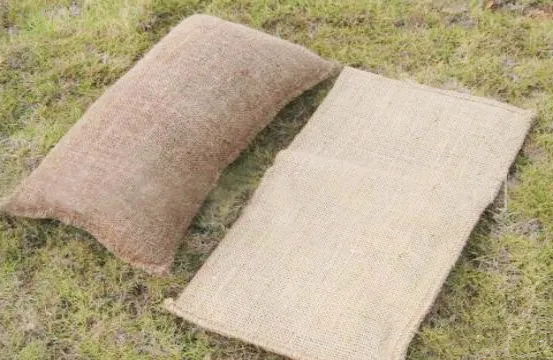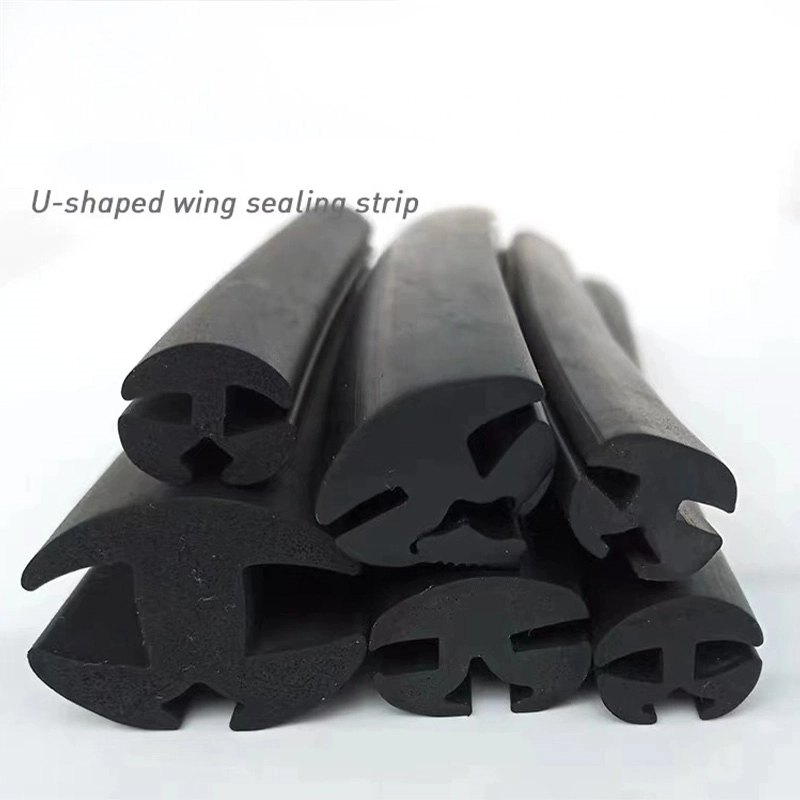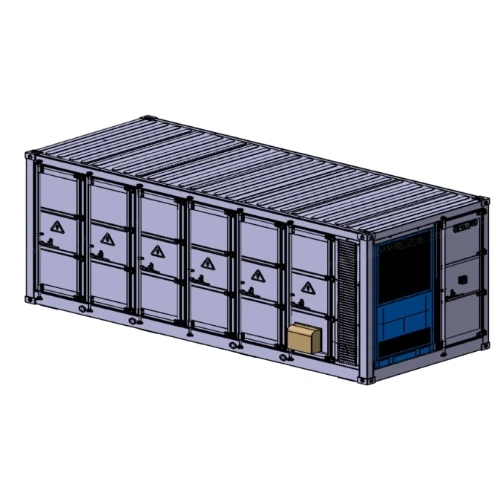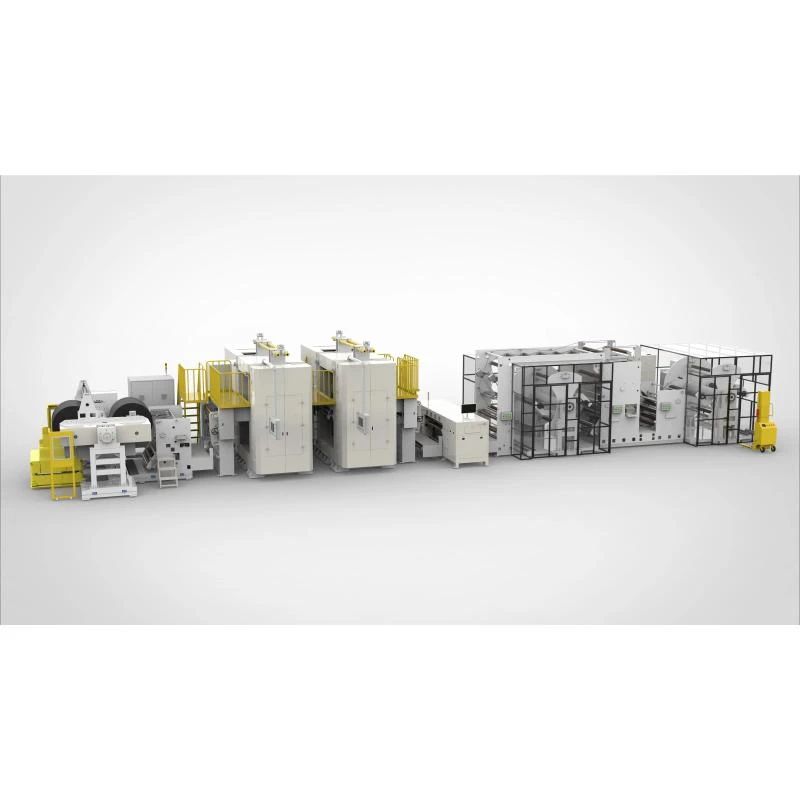Effective Adhesive Solutions for Your Exterior Door Rubber Seal Installation and Maintenance Needs
The Importance of Exterior Door Rubber Seal Glue
When it comes to maintaining the integrity and efficiency of your home, few elements are as crucial as the seals around your exterior doors. The rubber seals not only serve as barriers against drafts and moisture but also play a significant role in improving your home’s energy efficiency. However, over time, these seals can wear out, leading to air leaks and unwanted moisture infiltration. This is where exterior door rubber seal glue becomes an essential component of home maintenance.
Understanding Rubber Seals
Rubber seals are designed to provide a tight seal between your door and its frame. This prevents outside air from entering your home, which can lead to inflated energy bills and an uncomfortable living environment. Additionally, these seals protect your interiors from rain, snow, and insects. With time and exposure to the elements, rubber seals can become brittle, cracked, or torn, necessitating repair or replacement.
The Role of Seal Glue
When you notice that your rubber seal is starting to come loose or show signs of damage, applying the right exterior door rubber seal glue can make a significant difference. This adhesive is specially formulated to bond rubber materials, ensuring a long-lasting repair that can withstand temperature fluctuations and moisture exposure.
Using seal glue can save you from the hassle and expense of replacing the entire rubber seal. A well-applied adhesive can restore functionality to your existing seal, allowing it to effectively perform its duties without compromising the aesthetics of your door. Additionally, proper application of seal glue can extend the lifespan of your rubber seals, enhancing your home’s overall durability.
Selecting the Right Adhesive
exterior door rubber seal glue

Not all adhesives are suitable for rubber seals. When selecting a seal glue, look for products specifically designed for exterior use and compatible with rubber. Some adhesives are waterproof, which is essential for outdoor applications, while others may not withstand high humidity or rain. Furthermore, ensure that the glue is flexible enough to accommodate natural expansion and contraction caused by temperature changes.
Common options include silicone-based adhesives, which provide excellent flexibility and moisture resistance, and polyurethane adhesives, known for their strong bonding properties. Always read the manufacturer's instructions and safety precautions before application.
Application Tips
Before applying glue, thoroughly clean the surfaces to remove any dirt, grease, or old adhesive remnants. This will ensure a strong bond. If the rubber seal is damaged, consider trimming away any frayed edges to create a smooth surface for gluing. Apply the adhesive generously along the length of the seal, making sure to cover any areas that show signs of wear.
Once applied, press the rubber seal firmly into place and hold it for a few moments to allow the glue to set. Depending on the adhesive, you may need to allow it to cure for several hours or even overnight before testing the seal's efficacy. After the glue has dried, inspect the seal for any gaps or areas that may need additional adhesive.
Conclusion
Maintaining your home’s exterior door rubber seals is vital for ensuring energy efficiency and preventing water damage. While replacing a damaged seal can be costly, the use of exterior door rubber seal glue provides a cost-effective alternative that can restore your seal’s functionality. By choosing the right adhesive and applying it properly, you can enhance the performance of your rubber seals, ultimately contributing to a more comfortable and energy-efficient home. Regular inspection and timely repairs can make all the difference in the longevity and effectiveness of your exterior door seals, ensuring your home remains a safe and inviting space.
Share
-
Uses of Jute Bags | Sustainable Jute ProductsNewsAug.12,2025
-
Types of Square Files and Their Uses in Modern IndustriesNewsAug.12,2025
-
Slitting Machines Overview & TypesNewsAug.12,2025
-
Jute Rope: The Versatile Material for DIY & CraftingNewsAug.12,2025
-
How to Use Tofu Cat Litter for the Best ResultsNewsAug.12,2025
-
Car Door Seal Buying GuideNewsAug.12,2025







